A modern marvel of Islamic architecture, blending global influences into a sanctuary of peace and unity.
Ready for a quick tour of the Salt Lake City Temple? It’s not just a stunning building; it’s a historical and spiritual icon right in the city’s heart. Think majestic, castle-like vibes with a modern soulful twist.


Saturday to Thursday: 9:00 AM – 10:00 PM
Friday: 4:30 PM – 10:00 PM
Modest attire is required. Women are provided with abayas, and men should wear long trousers.
Sunset is particularly magical, as the mosque is bathed in a light show that mirrors the phases of the moon.

Discover art and artifacts from across the globe in a stunning museum that fuses modern design with cultural heritage.
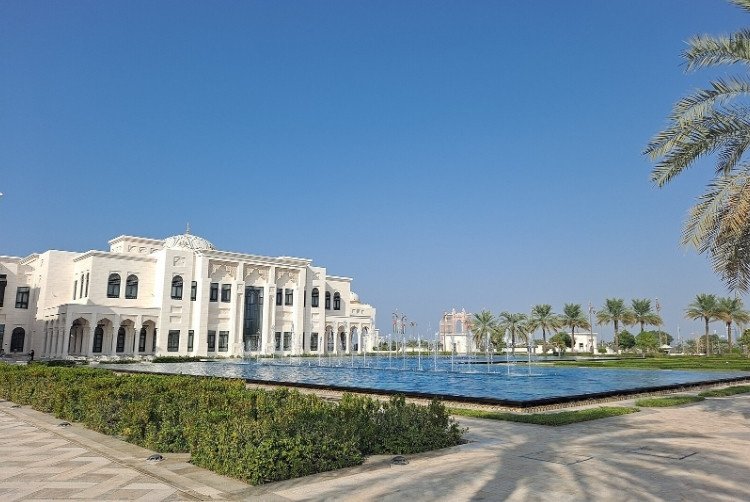
Visit the Presidential Palace, a monument to Arabian craftsmanship and knowledge.

Enjoy a relaxing stroll or a swim along Abu Dhabi’s pristine waterfront, with stunning cityscape views.
World’s largest hand-knotted carpet, weighing 12 tons.
82 domes and four towering minarets, each 106 meters tall.
A lighting system that mimics the lunar phases, reflecting Islam’s connection to the moon.
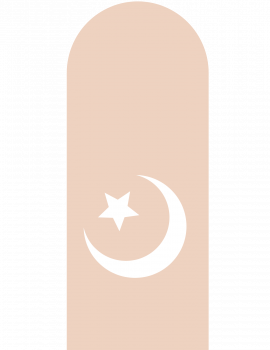
Over 100,000 tons of Greek and Macedonian marble were used in construction.
Accommodates up to 50,000 worshippers, with the main hall holding 7,000.
Features 7 chandeliers that weigh between 2 - 12 tons.





The Sheikh Zayed Grand Mosque stands as a testament to the vision of Sheikh Zayed bin Sultan Al Nahyan, the founding father of the United Arab Emirates. His dream was to create a sanctuary that would embody the spirit of Islamic architecture while promoting tolerance and understanding among all people. Sheikh Zayed personally oversaw many aspects of the mosque's design, ensuring it would serve not only as a place of worship but also as a beacon of cultural exchange and peaceful coexistence. Upon his death in 2004, Sheikh Zayed was laid to rest in the mosque’s grounds, forever linking his legacy to this magnificent structure.

The creation of the Sheikh Zayed Grand Mosque was a collaborative effort that drew on the talents of artisans and craftsmen from across the globe. The mosque’s design, which incorporates elements from Persian, Mughal, and Moorish architecture, required the expertise of over 3,000 workers and 38 contracting companies. This diversity is reflected in the mosque’s exquisite details, from the marble sourced from Macedonia to the chandeliers adorned with millions of Swarovski crystals from Germany. The end result is a masterpiece that celebrates both the unity and the diversity of the Islamic world.

One of the most enchanting features of the Sheikh Zayed Grand Mosque is its unique lighting system, which was designed to reflect the phases of the moon. As night falls, the mosque’s white marble exterior is bathed in soft shades of blue and lilac, creating a serene and otherworldly atmosphere. This nightly transformation is not just a visual spectacle; it also serves as a symbolic reminder of the lunar calendar’s importance in Islamic tradition. The lights grow brighter or dimmer depending on the moon’s current phase, echoing the mosque’s deep connection to the rhythms of nature and the divine.

Inside the mosque’s main prayer hall lies the world’s largest hand-knotted carpet, a true marvel of craftsmanship. Weighing in at 12 tons and covering over 60,000 square feet, this carpet took nearly two years to complete and was created by 1,200 skilled artisans from Iran. The intricate design features 2.2 billion knots and was carefully transported and reassembled within the mosque. The carpet’s grandeur, combined with the hall’s soaring domes and sparkling chandeliers, creates an awe-inspiring environment that elevates the spiritual experience of all who enter.

The Sheikh Zayed Grand Mosque is not only a place of worship but also a symbol of the UAE’s commitment to tolerance and inclusivity. The mosque welcomes visitors of all faiths and offers free guided tours in multiple languages, providing insights into Islamic culture and the significance of the mosque. This openness reflects the broader values of the UAE, which has positioned itself as a center for cultural dialogue and peaceful coexistence in a rapidly changing world.

Surrounding the mosque are reflective pools that add to its tranquil and contemplative atmosphere. These pools mirror the mosque’s elegant arches and domes, enhancing the overall sense of serenity and beauty. During the evening, the reflections in the water become even more pronounced, creating a visual harmony between the mosque and its surroundings. This interplay of light and reflection is a powerful reminder of the mosque’s role as a sanctuary—a place where the earthly and the divine come together in perfect balance.
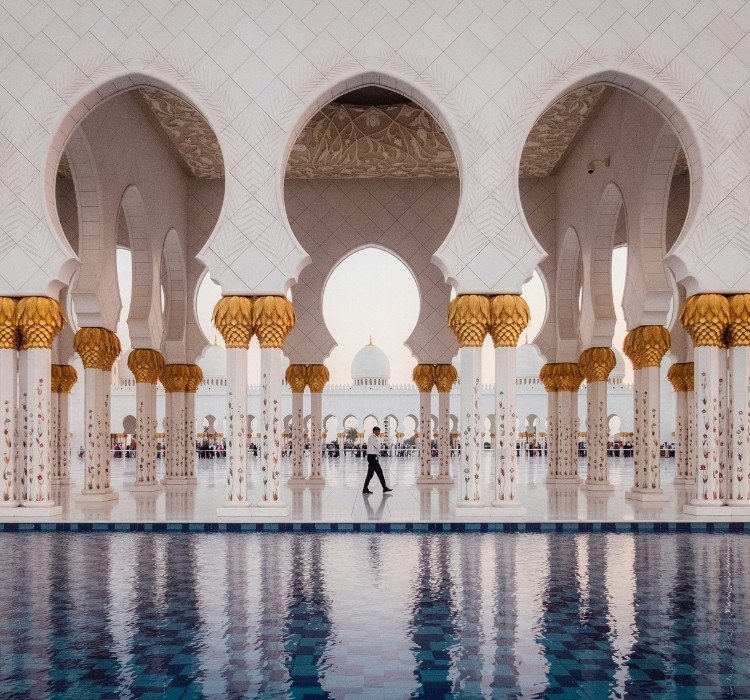
The mosque’s 82 domes and four towering minarets are a striking example of the mosque’s blend of traditional and modern architectural styles. The domes, with their intricate geometric designs, are influenced by Moroccan and Mughal styles, while the minarets incorporate elements from Moroccan, Andalusian, Mameluke, and Ottoman architecture. These structures are not only visually stunning but also serve a spiritual function, calling the faithful to prayer and symbolizing the mosque’s role as a central point of guidance and direction in the lives of worshippers.
The Sheikh Zayed Grand Mosque, with its awe-inspiring architecture and profound spiritual significance, stands as a true temple of unity, peace, and divine inspiration. It is a place where the beauty of the material world meets the depth of spiritual devotion, offering a sanctuary for all who seek to connect with the divine.
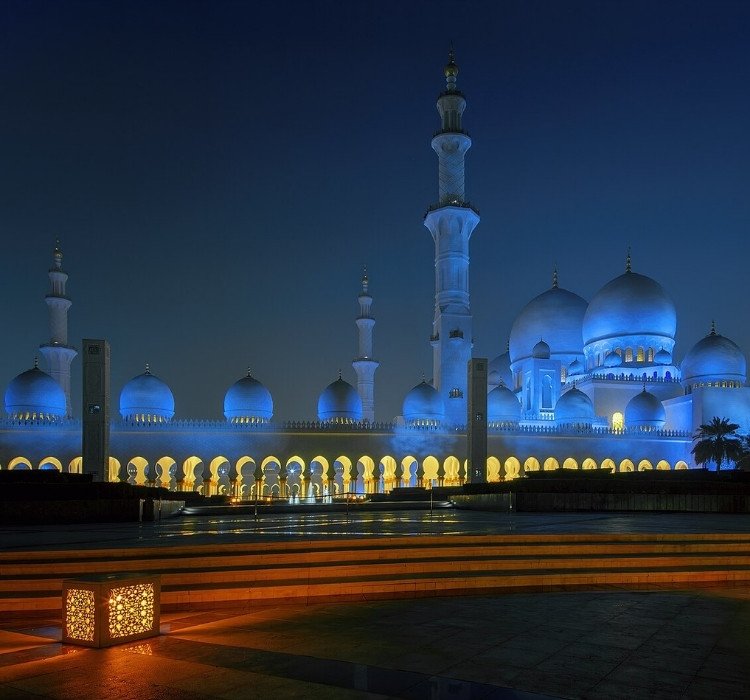
The vision for the Sheikh Zayed Grand Mosque is born under the guidance of Sheikh Zayed bin Sultan Al Nahyan, the founding father of the UAE. His goal is to create a mosque that symbolizes Islamic architecture’s unity and diversity while promoting tolerance and understanding.

Planning and initial designs are developed with influences from Persian, Mughal, and Moorish architecture. Artisans and materials from around the world, including Italy, India, Germany, and Morocco, are selected to ensure the highest quality in every detail.
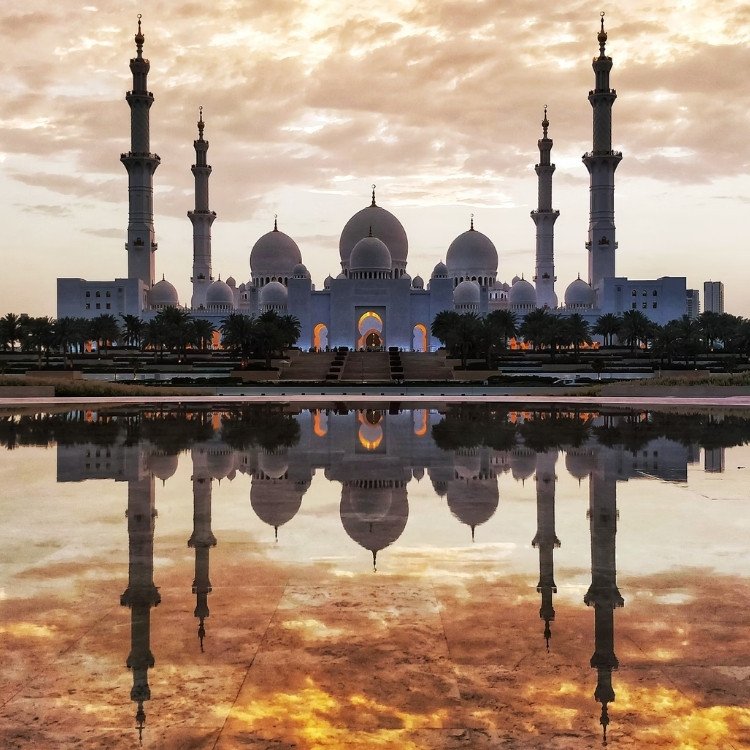
Planning and initial designs are developed with influences from Persian, Mughal, and Moorish architecture. Artisans and materials from around the world, including Italy, India, Germany, and Morocco, are selected to ensure the highest quality in every detail.

Construction begins, focusing on the mosque’s foundation and structure. This phase sees the laying of the mosque’s massive base, capable of supporting the expansive dome structure that will come to define its silhouette.

The mosque’s exterior, featuring 82 domes and four minarets, nears completion. The pure white marble sourced from Greece and Macedonia is installed, and the intricate floral designs of the marble courtyard, one of the largest in the world, begin to take shape.

The mosque’s exterior, featuring 82 domes and four minarets, nears completion. The pure white marble sourced from Greece and Macedonia is installed, and the intricate floral designs of the marble courtyard, one of the largest in the world, begin to take shape.

Sheikh Zayed passes away and is laid to rest in the mosque’s grounds. His vision continues to guide the remaining construction, which is carried out with even greater reverence following his death.

The focus shifts to the mosque’s interior. The installation of the world’s largest hand-knotted carpet begins, requiring 1,200 artisans and almost two years to complete. At the same time, seven chandeliers, adorned with millions of Swarovski crystals, are imported and installed, adding to the mosque’s opulent yet serene atmosphere.

The focus shifts to the mosque’s interior. The installation of the world’s largest hand-knotted carpet begins, requiring 1,200 artisans and almost two years to complete. At the same time, seven chandeliers, adorned with millions of Swarovski crystals, are imported and installed, adding to the mosque’s opulent yet serene atmosphere.

Construction is completed in December 2007, after 11 years of meticulous work. The mosque opens to the public, quickly becoming a symbol of Abu Dhabi’s cultural and spiritual life.

The Sheikh Zayed Grand Mosque becomes a center for cultural exchange, offering guided tours that introduce visitors to Islamic culture and architecture. It stands as a testament to the UAE’s commitment to tolerance, peace, and inclusivity, attracting millions of visitors each year.
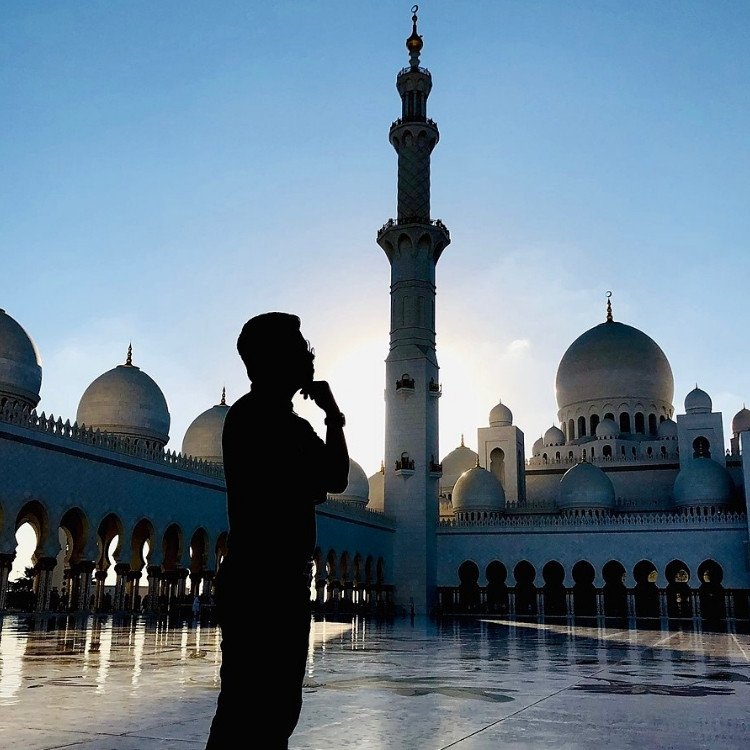
The Sheikh Zayed Grand Mosque becomes a center for cultural exchange, offering guided tours that introduce visitors to Islamic culture and architecture. It stands as a testament to the UAE’s commitment to tolerance, peace, and inclusivity, attracting millions of visitors each year.

The mosque gains international recognition, becoming one of the top landmarks in the world. It continues to be a place of worship, cultural significance, and architectural marvel, reflecting the legacy of Sheikh Zayed and the spirit of the UAE.
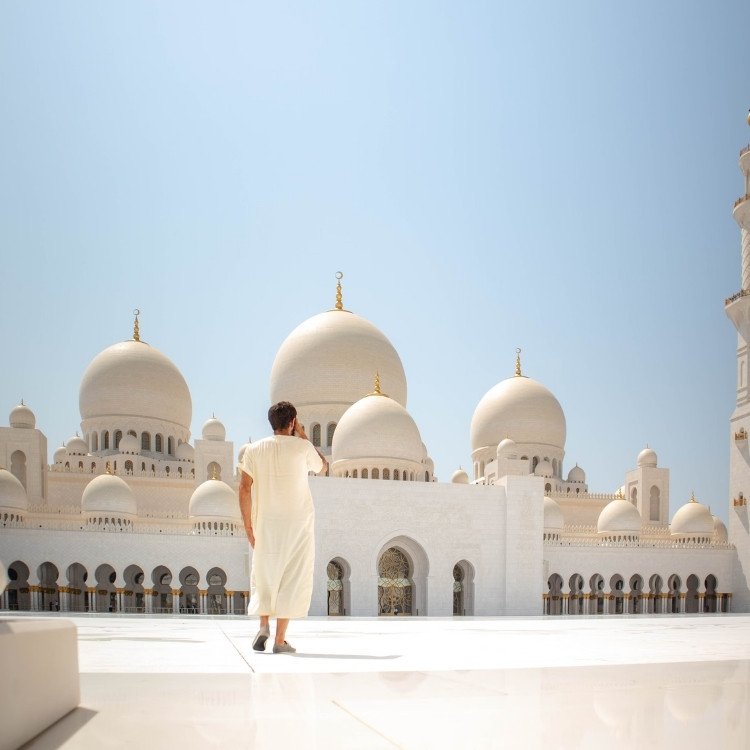
Efforts to enhance the visitor experience are made, with improvements to accessibility and the introduction of new educational programs. The mosque continues to serve as a sanctuary, welcoming people from all walks of life and offering a peaceful space for reflection and worship.

Efforts to enhance the visitor experience are made, with improvements to accessibility and the introduction of new educational programs. The mosque continues to serve as a sanctuary, welcoming people from all walks of life and offering a peaceful space for reflection and worship.

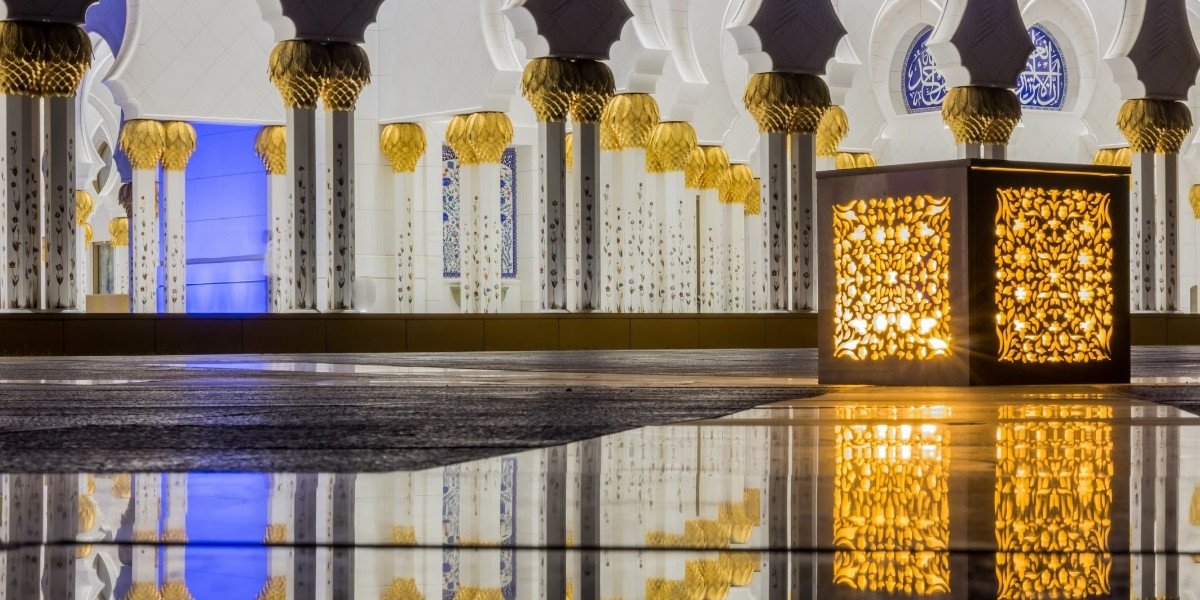
The Sheikh Zayed Grand Mosque was born from a vision of creating a monumental sanctuary that would not only serve as a place of worship but also as a symbol of unity and cultural harmony. Championed by Sheikh Zayed bin Sultan Al Nahyan, the founding father of the UAE, this vision aimed to blend the architectural splendor of Islamic traditions with a spirit of inclusivity. Construction began in 1996, drawing on the talents of artisans from across the globe to bring this vision to life. The mosque was conceived not merely as a building but as a testament to the rich cultural heritage of the Islamic world, embracing influences from Moorish, Persian, Mughal, and Arab designs.

The mosque’s construction was a feat of global collaboration, involving over 3,000 workers from more than 38 contracting companies around the world. This collective effort ensured that the mosque would be a masterpiece of modern Islamic architecture, featuring 82 domes, four minarets, and a sprawling courtyard adorned with the largest marble mosaic in the world. The use of high-quality materials sourced from countries such as Greece, Italy, and India underscored the mosque’s commitment to excellence and durability.
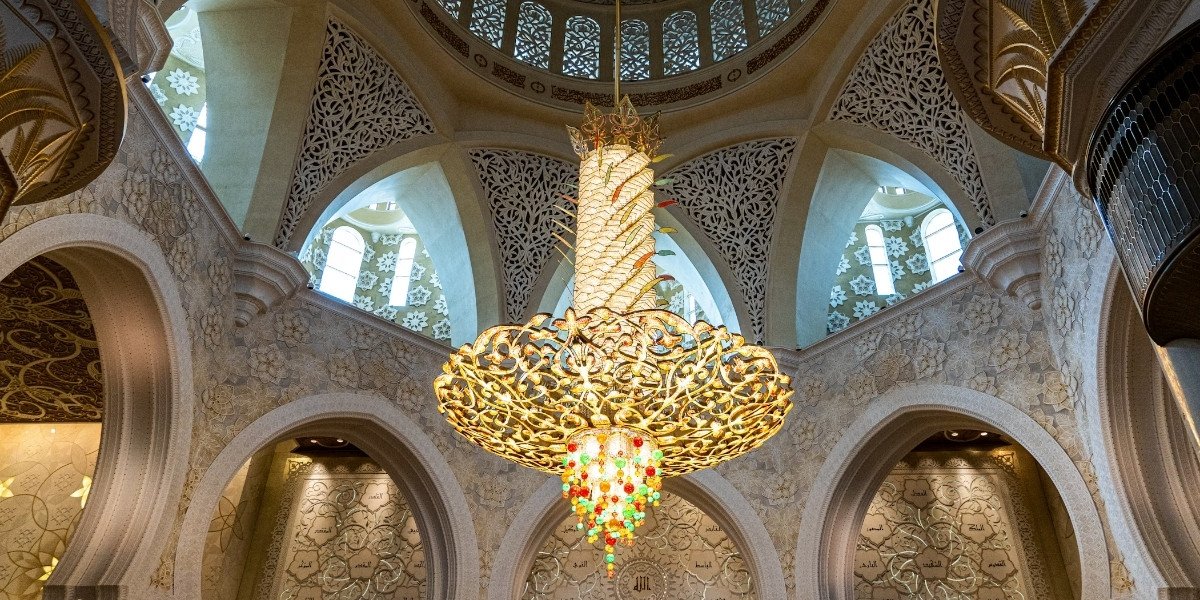
Inside the mosque, visitors are greeted by one of the most impressive interiors in the world. The main prayer hall, capable of holding over 7,000 worshippers, is home to the world’s largest hand-knotted carpet, crafted by 1,300 artisans over two years. The chandeliers, adorned with millions of Swarovski crystals, are a dazzling sight, casting a serene glow that complements the mosque’s spiritual ambiance. Each element of the interior was carefully chosen to reflect the mosque’s mission of creating a space where faith and beauty coexist in perfect harmony.

The Sheikh Zayed Grand Mosque was envisioned as a space where people of all faiths could come together, fostering an environment of tolerance and understanding. This inclusive approach is evident in the mosque’s open-door policy, welcoming visitors from around the world to explore its beauty and learn about Islamic culture. The mosque stands as a beacon of peace and unity, reflecting Sheikh Zayed’s vision of a world where diverse cultures and beliefs coexist in harmony.

One of the mosque’s most unique features is its lighting system, which is designed to reflect the phases of the moon. As the moon waxes and wanes, the mosque’s exterior is bathed in soft hues of blue and white, creating a serene atmosphere that enhances the spiritual experience. This connection to the lunar calendar, which is central to Islamic tradition, serves as a reminder of the mosque’s deep spiritual roots and its role as a sanctuary for reflection and prayer.

Since its completion in 2007, the Sheikh Zayed Grand Mosque has become a central figure in Abu Dhabi’s cultural and religious life. It hosts numerous events and activities that promote interfaith dialogue and cultural exchange, further cementing its status as a symbol of unity and peace. The mosque’s enduring legacy is a testament to Sheikh Zayed’s vision and the collective effort of those who contributed to its creation, ensuring that it remains a source of inspiration and reverence for generations to come.
Contact Us
Copyright © 2025 Temples.org. All rights reserved.